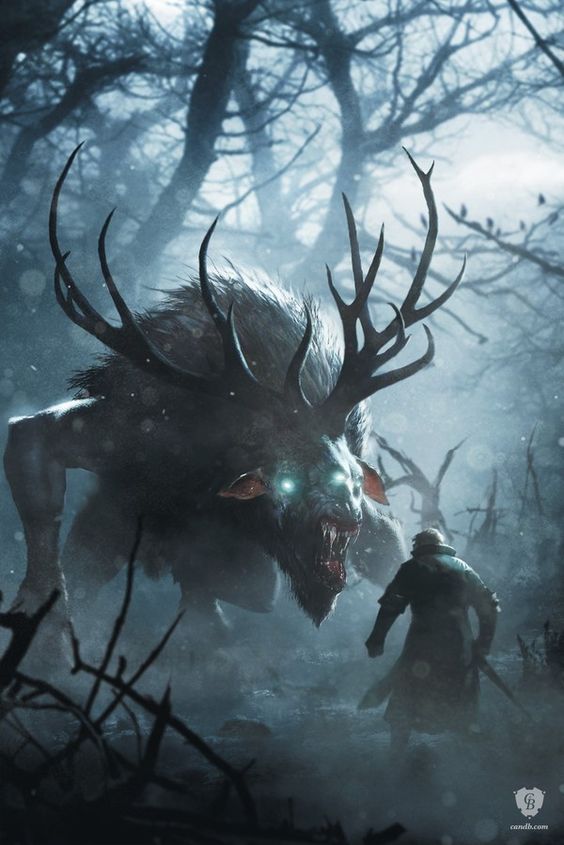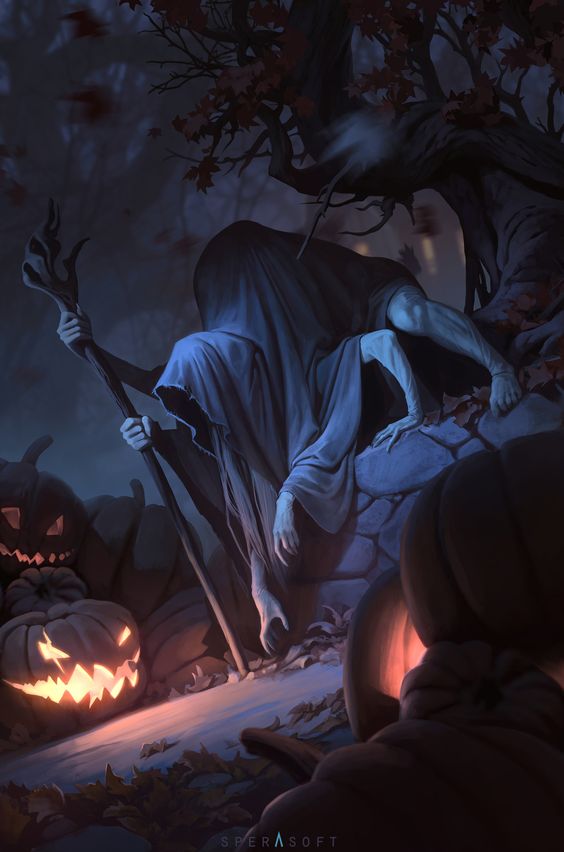"Monsters in games or how to create fear"
- From the sandbox
- Tutorial

Opponents, one of the key figures, without which this or that game can lose its meaning, and when these enemies are also monsters, they create the atmosphere that the creators invest. It's hard to imagine Silent Hill without a pyramid heading, Outlast without Chris Walker and so on, the principle is clear. Monsters are a collective image of the enemy in the game, it can be not only an ugly demon or giant spiders, even an evil neighbor, like Hello Neighbor, is a monster, despite the appearance of a man.
Reaching this part, the reader will ask:
“What is it really about?Yes, monsters are indeed an integral part of many games. ”And to talk, I want to talk about blatant hackwork from the developers who face the player during the game and give my recommendations on how to avoid it.
Speaking of poor quality compliance,First of all, I’m talking about the incompatibility of the location with the enemy, it can be a frog in the desert and ice golems in lava caves, all of them share an unnatural habitat. Such inconsistencies are relevant only in one case - they are plotted and correspond to the story. Adding one or another character should always be justified, either by plot or by the fact that this habitat is really suitable for him and there is no contradiction. Immediately delimit the concept, I do not mind killing crocodiles in a ballet tutu from a bazooka shooting cats, but this is trash and there is no need for logic.
Take for example the ice golem. It should be warm deep underground, but no one bothers to create an anomaly, call it the “7 circle of hell” and shove the ice golem there, and decorate the cave itself with icicles and millennial ice. Is done. Everything is logical, the player doesn’t have an idea about what the ice golem actually forgotten underground, where there is no snow and ice.
We get a simple “monster formula”:
Thoughtful monster = creature + habitat + logic.
And for this there are good analogues. Nature has already suggested how to be. For example, underground creatures have poor eyesight, or none at all. Vultures have bare necks, because they are picked in the carrion, and the neck is not dirty. Sharks have 3 rows of teeth, a retractable jaw and a streamlined body shape for speed. Input data is for everything, even for creatures from another planet. The human brain can not perceive something fundamentally different, because it does not understand what it is at all.
“I like sharks, but I want to add them to the desert! I want desert sharks, damn it! ”- Someone from readers will say. Yes, without any problems, but use the formula given above, following it, we get a desert shark - ordinary:
- For the desert she needs scales, maybe she will move under the ground, otherwise how to hunt?
- Sight will not help her, it means there must be an echolocation mechanism, or she will sit and watch the victim as a deep anglerfish.
- The scales should protect not only from heat, but also from the aggression of the local fauna.
- I invent local fauna, if the desert shark dominates the food chain, then what does it feed on? Can its prey offer resistance? If it cannot, then the shark does not need protection, on its side is the element of surprise. If its prey is “kicking”, then protection is a necessary evolutionary feature.
Now this image is not only in my head, but the reader?
Well we can come up with a monster in the area, or adapt the monster to its habitat. We need to know what place it occupies in the food chain and what climate features are present. But there is still a plot, as a rule it is he who dictates what monsters will be in the game. In the children's game about rabbits of fluffs, galloping along the marshmallow valleys, is definitely not the place of our desert shark.
Take as an example the wonderful series of Souls. We will not deal with the theme of storytelling and complexity curves; this is a topic for a separate HUGE material.
So we were at the beginning of the game, regardless of the part, there are weak monsters, they are half naked, but there are creatures like the crystal lizard or demon of the sanctuary. But we are talking about the main opponents. There are knights in the castles, peasants in the villages, spiders, demons in the bowels, leeches in the swamps and other nasty slyatinka. All of them have a story, they succinctly fit into the surrounding reality and there are no questions “why are you here, damn it, forgot, monster”, or the game answers us later. For example, the demon of the sanctuary just wandered around the world, like other demons, there is an option that he was brought there specifically, so that the “chosen dead” would just fall into his strong embrace. And here there is a place for fantasy. The player himself can think of many moments, but the input data is clear to him. It is necessary to give players the opportunity to dream, but again,
If we talk about what causes the player to fear, it is of course unknown. For example, we see the monster’s outlines, but we don’t see it entirely and the game forces the atmosphere, sounds are added and our fantasy works to its fullest. But as soon as we see the monster entirely in good light, he stops scaring us as before. He is already familiar. There are a lot of phobias with which you can and should play - arachnophobia, fear of snakes, mice, etc. Of course, your creepy monster should not speak in the voice of a five-year-old girl (only if it does not reinforce its sinister essence), but this is a completely different story.

Summing up my first article, I’ll highlight key points to create a logical (correct) opponent:
- Determine the habitat
- We are looking for analogues
- Watching the story
- Determine the place in the food chain
- Define evolutionary and scenario features.
- Make a concept
